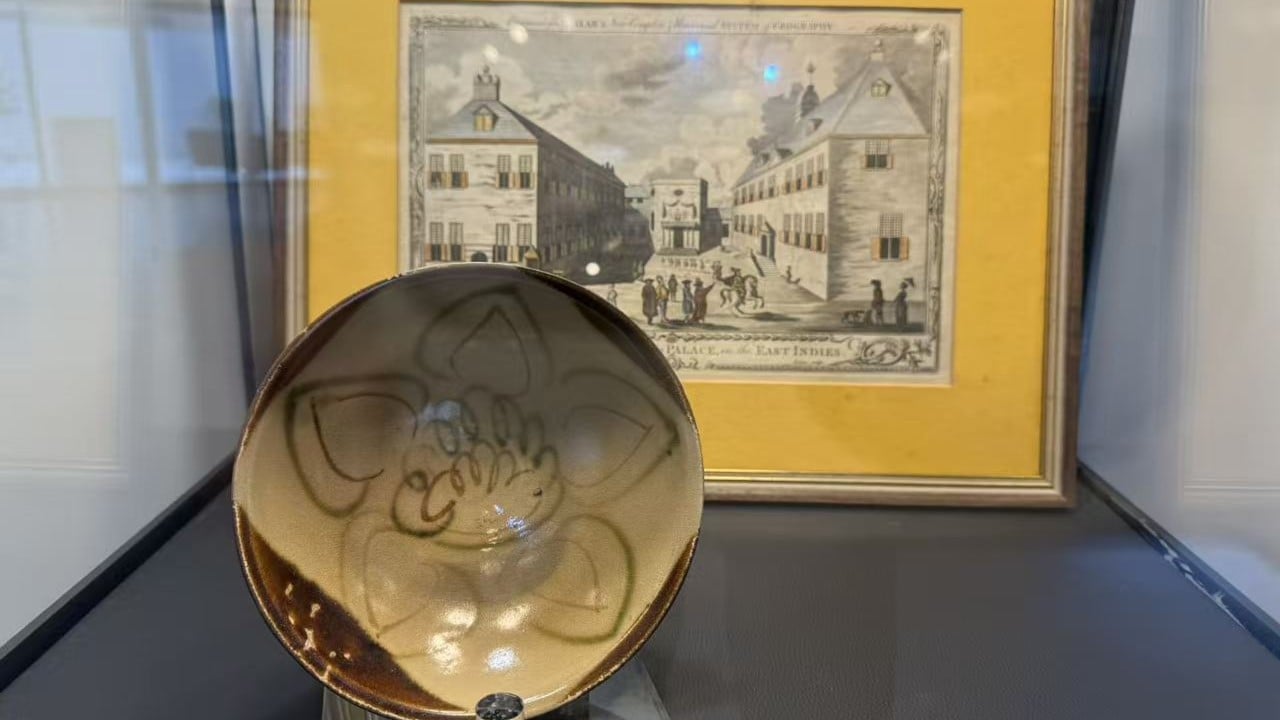As China drafts its 15th five-year plan – the next entry in a line of expansive blueprints that have set the tone for the country’s development over more than seven decades – we will explore what China will do in the field of science and technology, particularly regarding the introduction of scientific talent. For more stories in this ongoing series, click here.
Advertisement
A shipwreck loaded with Tang dynasty (618-907) ceramics buried off Indonesia; an ancient Chinese sailing boat replica built upon inspiration from Ming dynasty navigator Zheng He; a painting of busy crowds with large sailing ships docked at the port by the highly influential French painter Claude Monet.
To Li Yicheng, founder of Eureka Griffin Fine Arts in Singapore, these masterpieces spanning time, space and nation all point to the rich maritime history connecting China with the world and its enduring influence on global trade and cultural exchange.
“To me, maritime culture resembles a grand ship navigating the seas. It docks at various countries and ports, loading and unloading goods. Goods from distant lands journey across the globe,” she told the South China Morning Post.
“This mirrors the essence of art, which knows no borders or boundaries. As long as it inspires and moves us, these artefacts will journey through diverse places, sharing their messages like wandering ships. This cycle endures.”
Advertisement
Li’s journey to this unique convergence began with a Monet painting of merchant ships at the dock that she encountered in Vienna.
“Monet’s paintings of boats are quite rare,” she said. “Around 1870, in his 30s, he often painted by the seaside, keenly observing the boats and the daily lives of people along the shore. As an Impressionist, he would sit and capture these moments.

